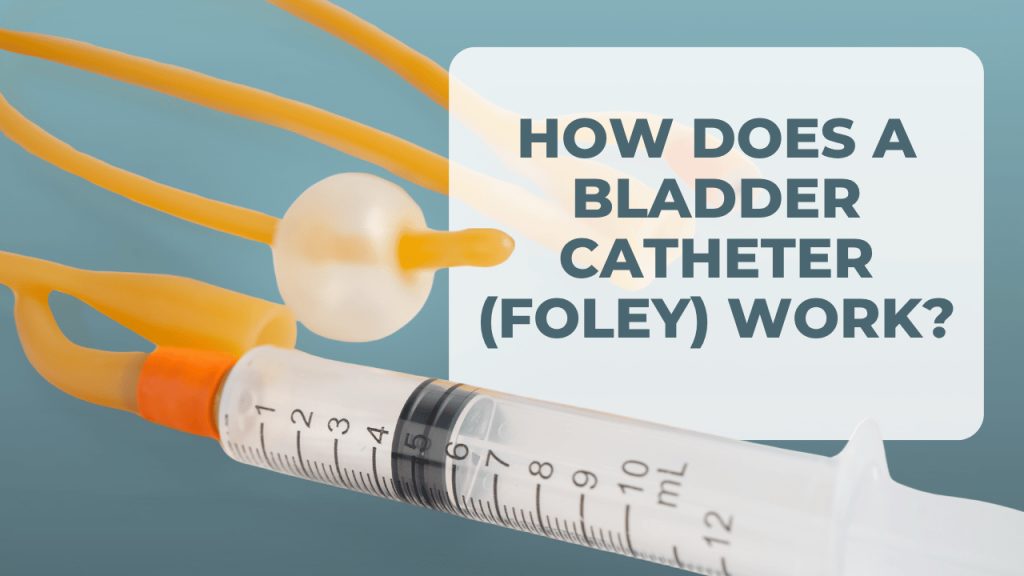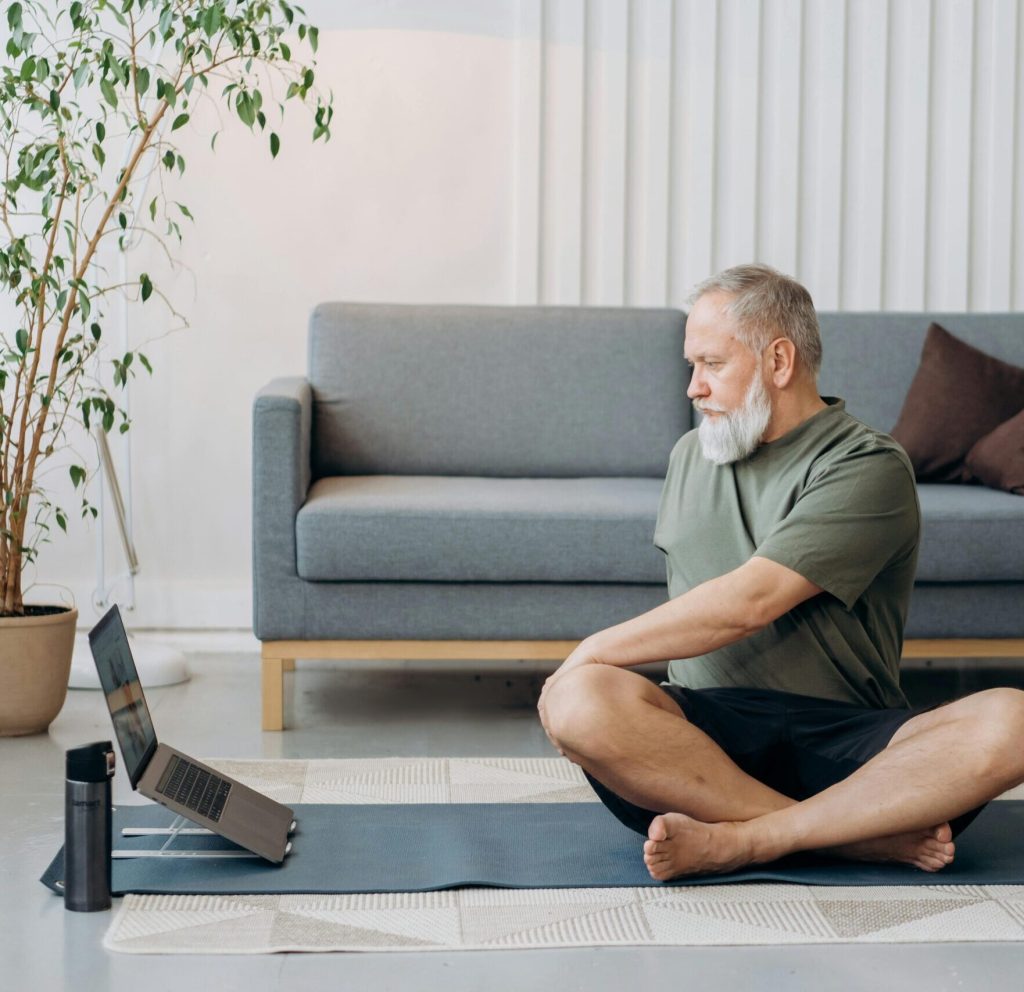If you’re struggling with frequent urges to urinate or unexpected leaks, you might be dealing with overactive bladder (OAB). One effective and increasingly popular treatment is Botox for overactive bladder. At HFitness, we’re committed to helping individuals manage bladder conditions through expert education and proven therapies.
Let’s break down what Botox is, how it works for OAB, and what you can expect from this treatment.

What is Botox?
Botulinum toxin (botox) is a natural toxin produced by the bacteria Clostridium botulinum. This toxin is actually the most potent known toxin and blocks neuromuscular signal transmission, resulting in muscle paralysis. It is the cause of food-borne botulism, which results when Clostridium botulinum contaminated foods (often canned goods) and people consumed these foods which contained the toxin. This was (is) a potentially fatal illness (as a result of paralysis of breathing muscles) and was more prevalent prior to modern canning techniques and the use of preservatives.
Botox for Overactive Bladder: Is It Right for You?
While Botox has shown promising results in treating Overactive Bladder (OAB), it’s not ideal for everyone. Patients with a history of urinary retention, frequent urinary tract infections, or certain neurological conditions should consult a urology specialist before considering this treatment. At HFitness, we emphasize the importance of personalized bladder care, including evaluating lifestyle factors, pelvic health, and alternative therapies before proceeding with botulinum toxin injections. Always discuss the risks and benefits thoroughly with your provider.
Botox sounds potentially dangerous. Why is it used as a treatment?
Botulinum toxin has many helpful applications. Botulinum toxin is produced by several pharmaceutical companies in controlled doses, allowing physicians to target specific muscles to help patients. Botox and Dysport are two brand names for botulinum toxin type A (there are actually 7 subtypes but only type A is widely used in medicine).
While Botox is more recently known for its use in cosmetics and overactive bladder, there are other uses that might surprise you.
While Botox for overactive bladder is gaining popularity, it’s also used to treat surprising conditions like:
Excessive sweating
Migraines
Muscle tremors
Depression
Muscle spasticity
Strabismus (crossed eyes)
How does Botox help overactive bladder (OAB)?
The most common cause of OAB is bladder muscle overactivity, also known as bladder spasms. These spasms trigger symptoms like:
Urgency (rushing to the bathroom)
Frequent urination
Nocturia (waking up at night to urinate)
Urinary leakage
Because bladder muscle spasms are the core issue, Botox helps by relaxing the muscles, effectively reducing symptoms. For many patients at HFitness, this results in significantly improved daily comfort and confidence.
How do I get Botox?
You’ll need an evaluation from a specialist to confirm that you have OAB and rule out other potential causes. Botox is considered a second-line therapy, which means it is typically offered after first trying:
Prescription medications
Pelvic floor exercises like those offered at HFitness
Nutrition counseling and lifestyle modifications (also available via HFitness)
Is Getting Botox Painful? What Can I Expect?
Botox treatment for the bladder is typically done in a clinic. A bladder camera (cystoscope) is used to guide injections into the bladder muscle. Before the procedure, the bladder is numbed using liquid lidocaine inserted via catheter. Most patients describe the procedure as quick and mildly uncomfortable.
It can also be done under light anesthesia if preferred. Most people return to work the same day. Minor side effects such as burning with urination or slight bleeding are common but temporary.
Some patients may find that their bladder becomes too relaxed after Botox, making urination difficult. In such cases, a catheter may be needed temporarily.
How Long Does Botox Last?
Botox generally takes several days to take full effect. On average, its benefits last around 9 months. Many patients choose to repeat the treatment regularly to maintain relief. Because it’s safe and effective over multiple sessions, Botox for OAB has become a reliable long-term solution.
Final Thoughts
If Botox for overactive bladder sounds like a treatment worth exploring, start by consulting with a specialist. Whether you’re dealing with urgency, leakage, or nightly wakeups, you don’t have to suffer in silence. At HFitness, we offer the guidance, therapy, and support you need to manage your bladder health effectively.
Take control of your health—reclaim comfort and confidence with the right solution for your OAB.



